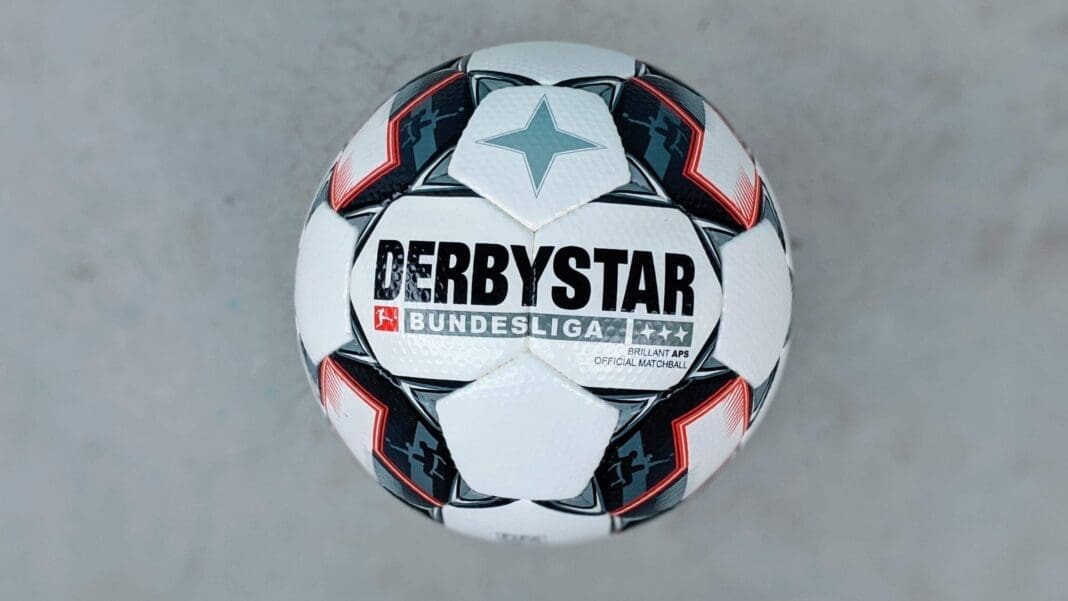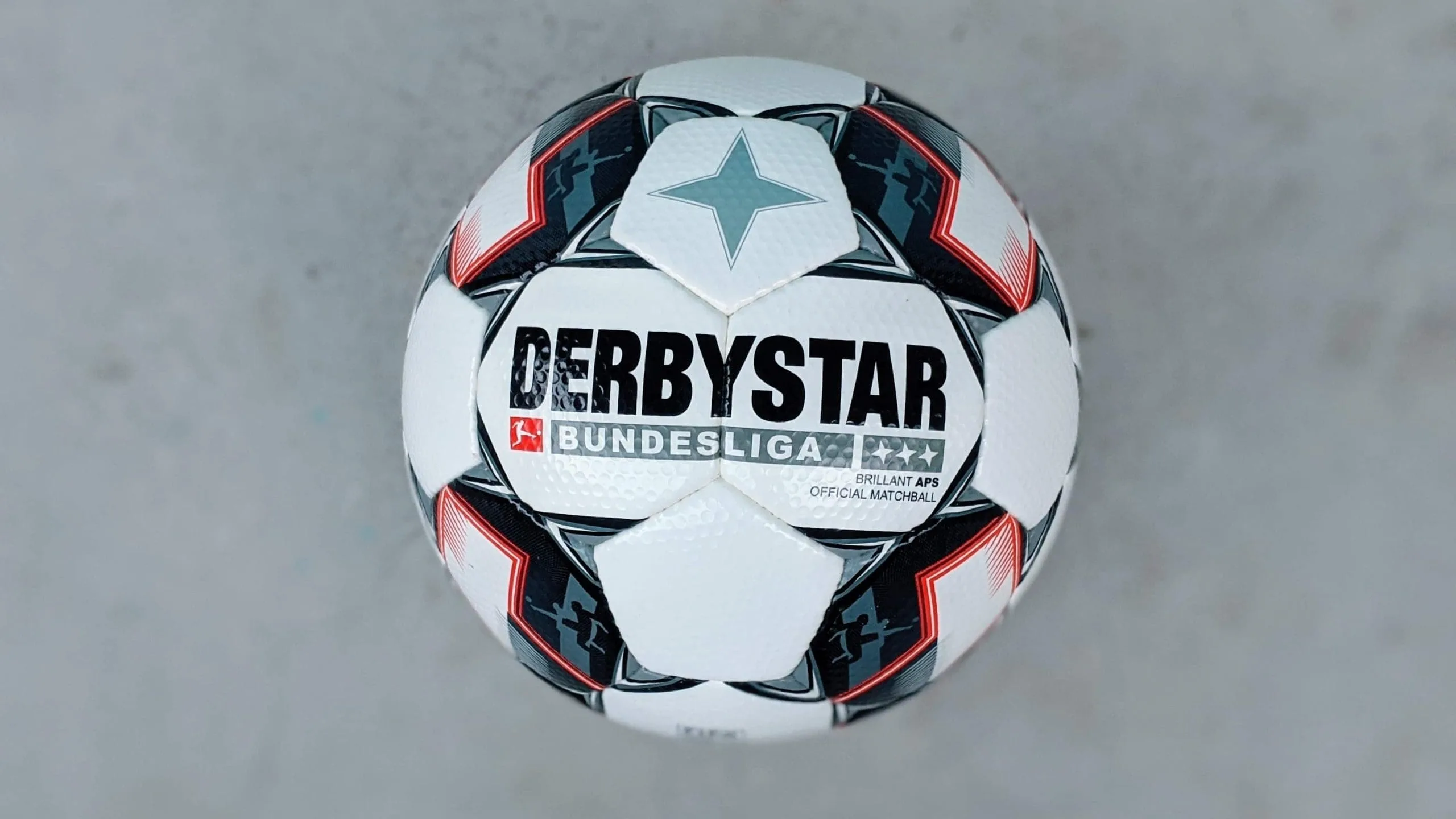The best match ball in the business.
The early 2010s saw very little game-changing football boot innovation by any brand. Most boots were still made from leather, which was around for nearly half a century. This meant that every brand out there knew how to make incredibly soft and luxurious leather uppers, which narrowed the playing field. This all changed after the knit revolution in 2014, which allowed the big brands to take a quantum leap and put distance between themselves and the smaller brands.
While technology has helped the big brands cement their advantage with boots, the reverse seems to be happening with match balls – Nike and adidas are launching new products but they have often been more gimmicky than performance focused.
In the world of footballs, it’s actually a smaller brand that’s quietly making the best balls in the business, thanks to their use of the right technology instead of the most fancy one.
Evolving the ball
Traditionally, the “modern” football was made with a 32 panel outer layer and an internal bladder. While the external materials have changed from leather to synthetic, for durability and to reduce water retention, match balls have largely stayed the same. In the 2006 World Cup, however, the adidas TeamGeist started a new trend by reducing the number of panels on a ball from 32 to 14. Today, both Nike and adidas balls have less than 10 panels – the Nike Merlin has just 4 while the recently released adidas Uniforia OMB has just 6.
“Isn’t a reduction in panels a good thing?”
Theoretically, the reduction in panels means less seams and less air resistance when the ball is in the air. But this has resulted in less stable ball flight because of the reduced resistance. adidas’ World Cup match balls have often been in the centre of controversy due to its inconsistent flight path despite all its “innovations” around the ball’s panel reduction.
The “low-tech” ball that’s Brillant
While unknown to most of the outside world, Derbystar Sportartikel GmbH (who became part of Danish brand Select Sport A/S) has storied pedigree in football production. Select pioneered the 32-panel design in 1962 and was the first company to hand stitch a synthetic ball in 1974. In recent years though, they’ve started to gain visibility again, having become the official match ball for the Bundesliga and Bundesliga 2 for the 2019/2020 season.
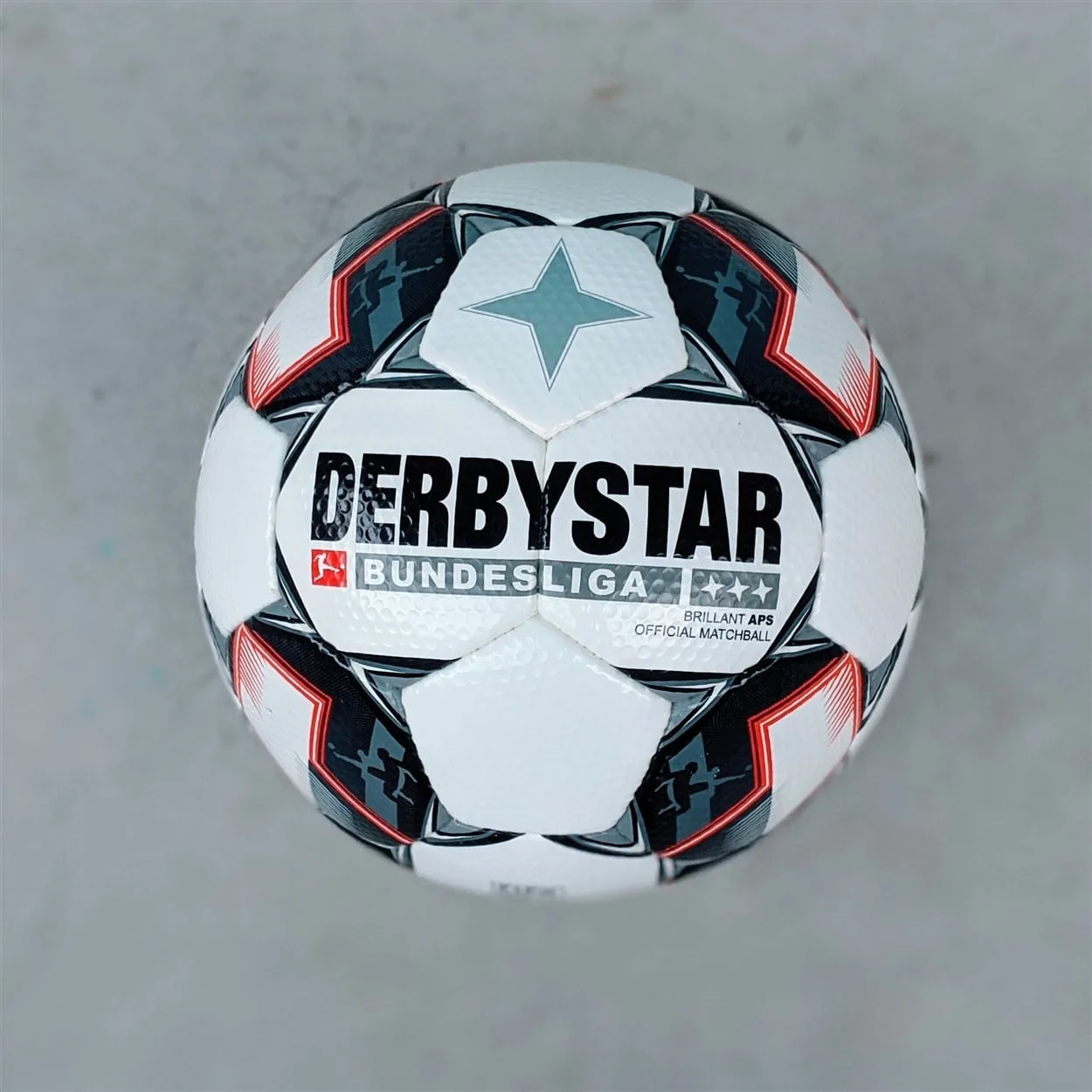
The Derbystar APS Brillant, unsurprisingly, uses a 32-panel design and Teijin synthetic (yes that Teijin synthetic) with dimpled textures for better wet-weather grip.
But enough of the history lesson and tech-talk, the question you’re all wondering is – how do they feel? In short – perfect.
Derbystar – the perfect match ball
Most balls require a compromise. A ball that’s easy to control, usually means they feel like a rock when striking. Conversely, a padded surface makes it easy to strike but controls and flies like a balloon. The Derbystar APS Brillant questions the need for a compromise.
The Derbystar APS Brillant has just the right amount of padding that feels great to strike the ball with, be it hammering those 30-yard screamers or a crossfield ping to switch up the play. The padding adds a nice punchy feel and responsiveness that helps the ball fly through the air. The weight also ensures that you feel adequate feedback when making contact with the ball to better gauge how much oomph you have to give on your next kick.
Taking the ball down from one of those pings did take awhile to get used to at first, because your body expects to make that compromise and lighten your touch for the extra padding, when you don’t need to… But once you get the hang of it, you’ll keep wanting to receive the ball, while trusting the extra cushioning to take the sting off faster passes that have more weight on them.
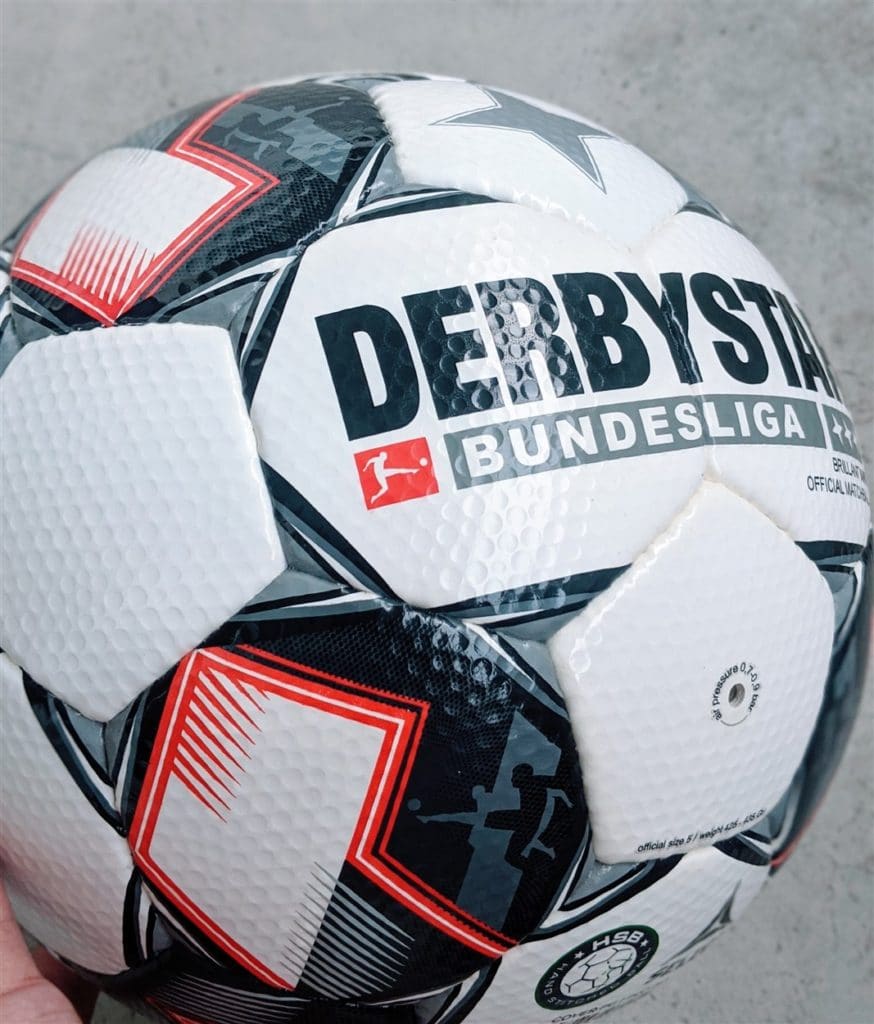
I personally didn’t find the dimples to have any effect on the ball when dribbling but the weight of the ball meant it travelled a predictable distance when tapping it forward. Passes that carry a little curl on it did feel easier to control. On that same note, the ball did feel less slick on wetter grounds in comparison to balls without any texture.
Adding to the experience was a very true flight in the air. The Derbystar APS Brillant doesn’t swerve unnecessarily in the air – provided you want it to. I’m not an expert, but a friend of mine does the “knuckle-ball” technique well was full of praise for it. Again, the weight made it easier to gauge and apply top-spin on the ball for those dips without unwanted side swerves.
While we haven’t tested it long enough to give our final thoughts on durability, I don’t expect it to be any less durable than other match balls. Pricing-wise, at SG$120 from Tokyo Football, it’s an absolute steal considering that it’s a good 30% cheaper than most match balls.
A star among footballs
This review was particularly difficult to write, because we try to be objective and provide both the pros and cons. In the case of the Derbystar APS Brillant though, I was hard pressed to find any negatives at all.
By sticking to their tried and trusted methods of hand stitching a 32-panel ball, Derbystar have made the best, and pretty much the perfect match ball available out there. Be it pricing, durability or performance, the Derbystar APS Brillant is on another level and I really can’t recommend anything else on the market over it.
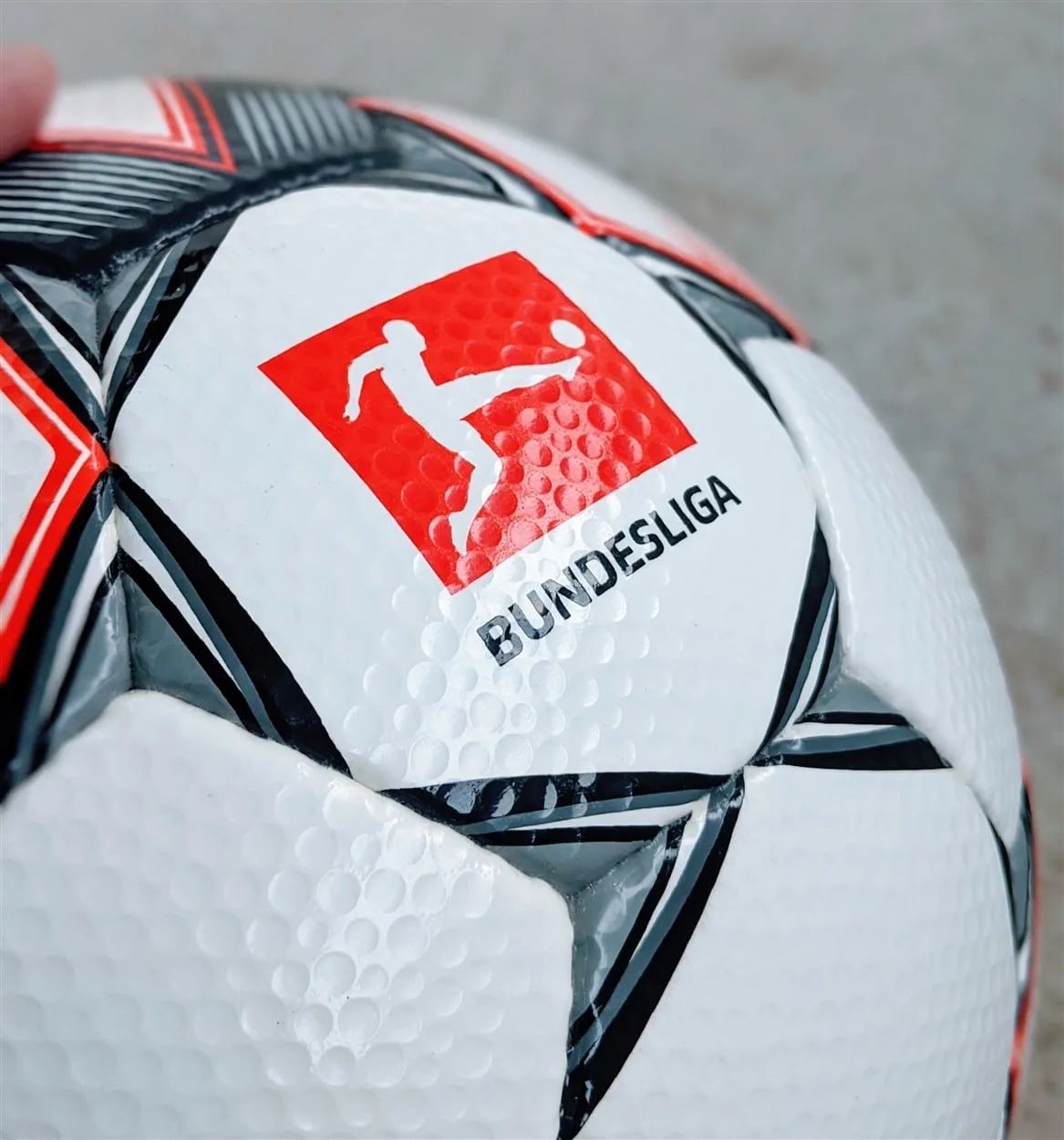
Perhaps, one day, we’ll see some genuine innovation with footballs that really blows the smaller brands out of the water again. But until that happens, I’m bravely declaring the Derbystar APS Brillant as the perfect match ball and my pick for all football sessions in the foreseeable future.

